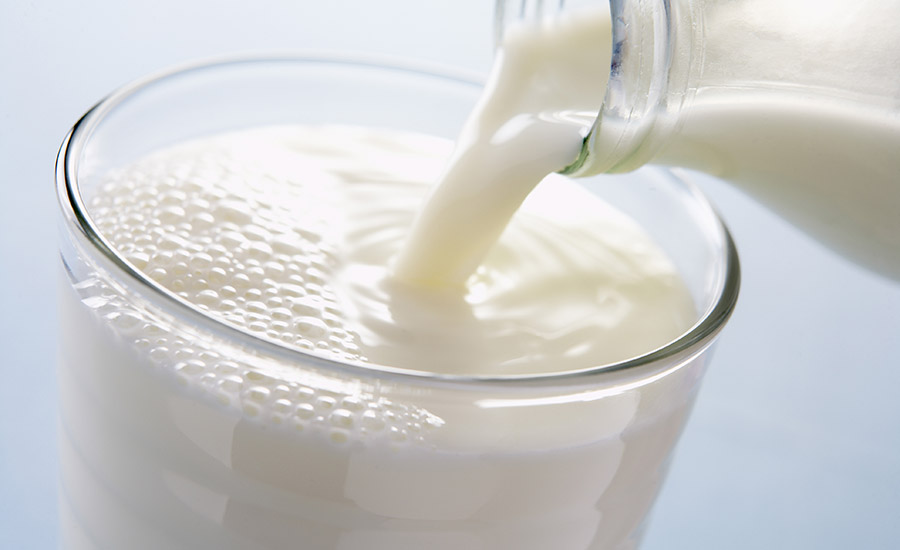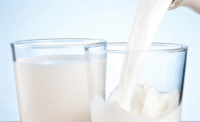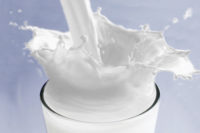In order to have safe and high-quality products, dairies must start with high-quality raw milk and cream. Tests must be selected and run on each batch/tanker before you decide whether or not to accept the load.
Test 1. Direct Microscopic Count (DMC) can indicate the microbiological quality of raw milk. Antibiotic residue must be run prior to unloading the milk. The dairy industry cannot run the risk of selling milk that has even traces of antibiotics.
Test 2. Preliminary Incubation (PI-SPC) Count is a good microbiological test that can indicate the sanitary conditions of the load and/or individual producers. It especially reflects the presence of psychrotrophic bacteria (bacteria that are capable of fairly rapid growth at refrigeration temperatures).
Test 3. Sensory/organoleptic characteristics allow for the identification of significant raw milk issues. Receivers should lift the lid on the dome of a tanker the first time and quickly evaluate the odor of the milk. An option other than tasting raw milk is to lab pasteurize and quickly chill for tasting.
Test 4. The legal maximum temperature of raw milk is 45 F. Milk transported at lower than 45 F will increase the shelf life. The higher the temperature, the more bacterial growth. Control and monitor temperature throughout the facility to meet regulatory requirements and quality specifications.
Other necessary tests
Test 5. Added water is considered adulteration. Cryscope testing helps identify when water was added to raw milk. This test helps to prevent additional concerns that may come with water, such as chemical and biological hazards. This is a useful test for fluid milk finished product, as well as, to ensure additional water was not added during manufacturing.
Test 6. Milk composition tests should be conducted throughout the process to ensure control on fat, as well as to meet standards of identity. Butterfat, total solids and protein are the big three. Chemical tests are very accurate, but they take time. Electronic equipment enables facilities to obtain fast and accurate results.
Test 7. Most states do not have a standard for coliforms in raw milk, yet it appears to be a reasonable test to assess sanitary conditions of the farm and transportation for trending purposes.
Test 8. The desire to push shelf-life/code date makes a case for testing raw milk for psychotropic thermoduric bacteria. These large spore-forming bacteria can survive pasteurization and even thrive at refrigeration temperatures. These bacteria will negatively impact the shelf life of raw and pasteurized milk.
Test 9. Aflatoxins can be transmitted into raw milk from contaminated feed. A hazard analysis and supplier control program will indicate frequency of monitoring for aflatoxin in raw milk.
In-plant, in-process tests
Multiple points within dairy manufacturing should be monitored, yet some of the most critical are those within the environment. Improperly cleaned equipment is a major cause of product contamination.
Tests 10 and 11. Testing for coliform and aerobic plate count (APC) using surface swabs/sponges is a common and easy way to validate cleaning and sanitation procedures are effective. ATP swabs can then be used daily during start-up processes to verify cleaning and sanitation was effective.
Dairy in itself is one of the Big 8 allergens. If your facility is using another allergen, an allergen control program that validates and verifies effectiveness of cleaning is required within the Preventive Controls for Human Food rule.
Test 12. To validate that the cleaning and sanitation process is effective in removal of the allergens, the use of an allergen specific test is indicated. Protein swabs can then be used daily during start up processes to verify the cleaning and sanitation was effective in removal of the allergenic protein.
Tests 13 and 14. Environmental monitoring is a critical process. If your facility manufactures dry dairy powders, monitor for the presence of Salmonella. For all other dairy manufacturing, including ice cream, fluid milk, etc., monitor the environment for the presence of Listeria.
With an effective Hazard Analysis Critical Control Point (HACCP) program and successful implementation of the Preventive Controls for Human Food Rule, some plant managers believe that finished product testing is unnecessary. It is up to each facility to make that determination, yet some of the tests cited below are standard within the industry.
Test 15. At a minimum, sensory/organoleptic characteristics should be completed on all dairy products. For fluid milk, the suggested frequency of testing includes freshly bottled off the line, 24 hours after bottling, at end of code and a shelf-life check at 14 days following storage at 45 F.
Test 16. Because coliforms are indicator organisms, these counts will verify all the right things were done correctly within the facility. Yeast and mold testing will indicate whether the product will meet its shelf life. This test is not necessarily a hold and release test, but technology has provided faster results than the traditional five days.
While other tests may be used as substitutes or additions to those outlined above, you must tightly control the raw milk, processing, environment and finished product to ensure safety and quality.



